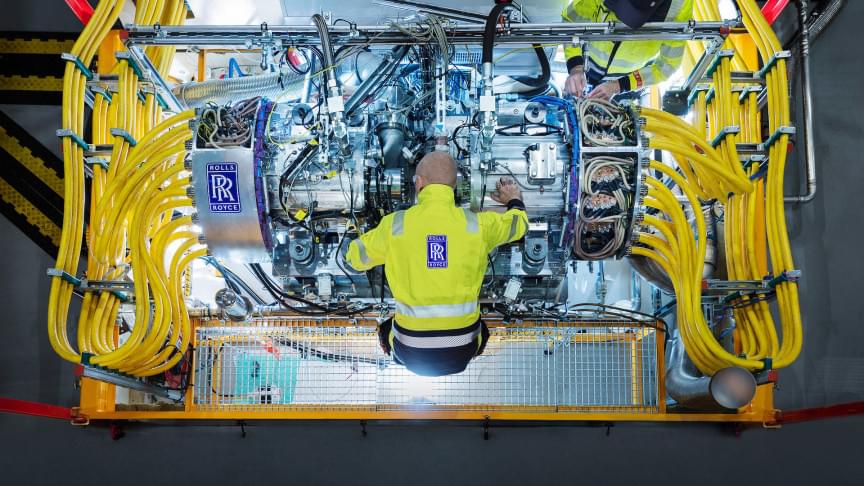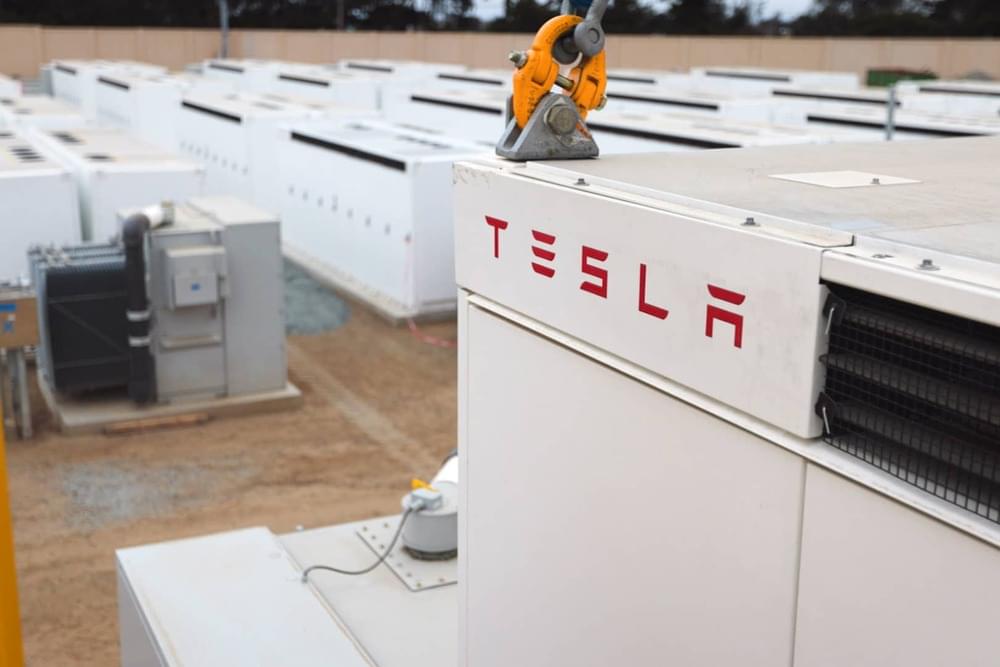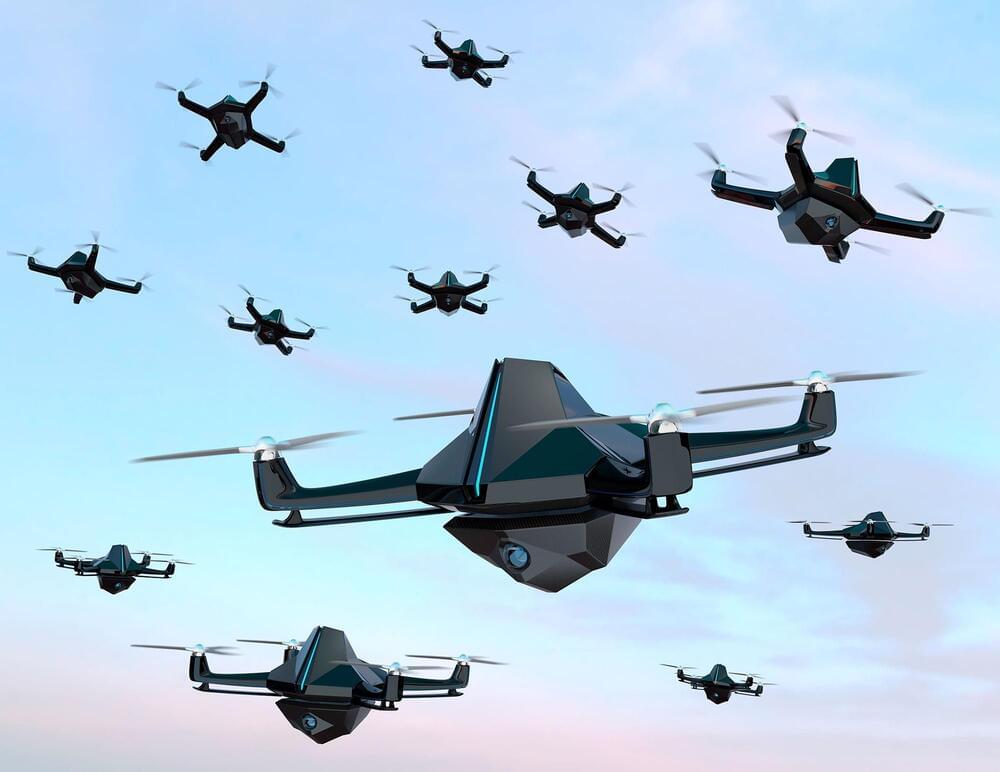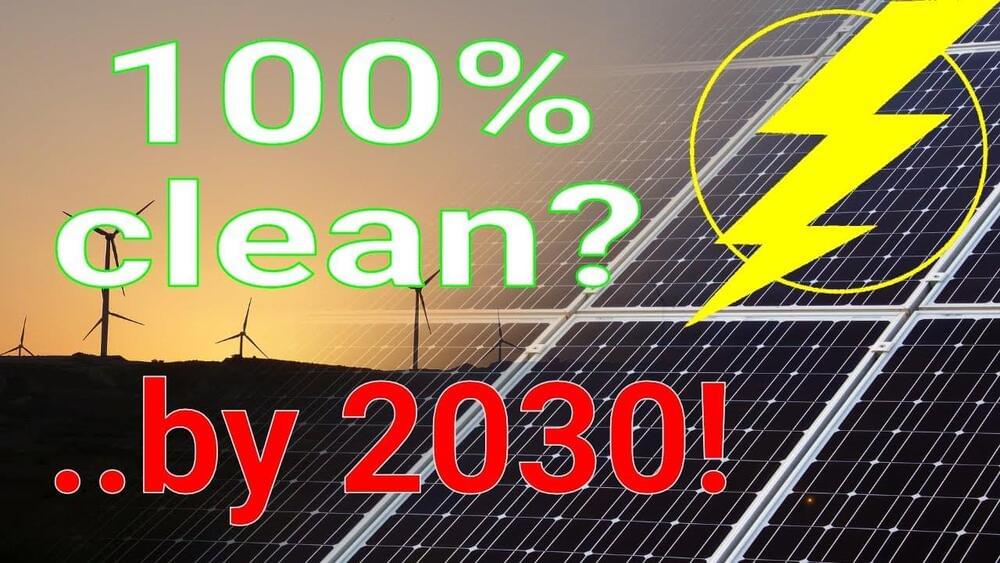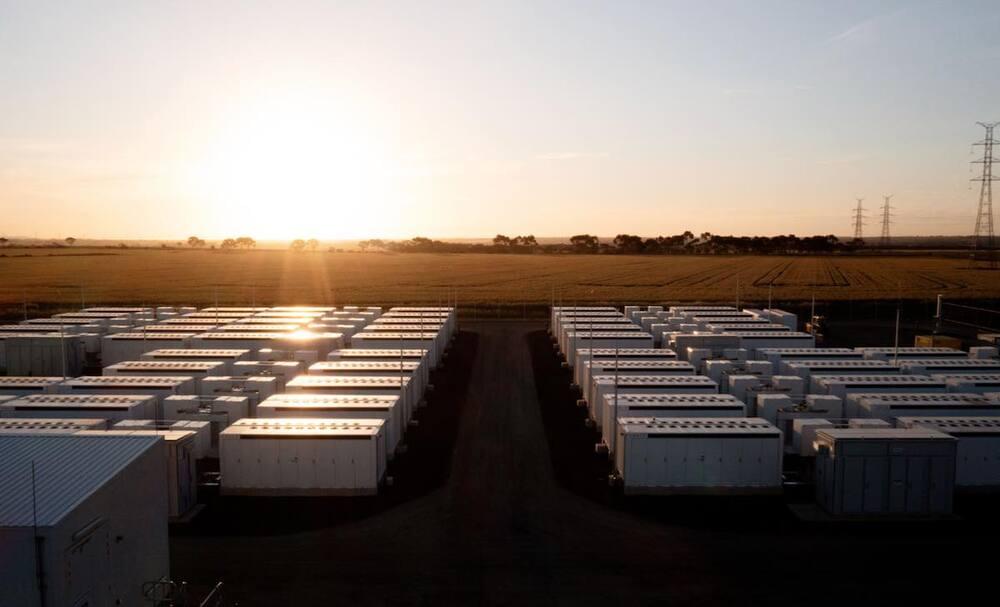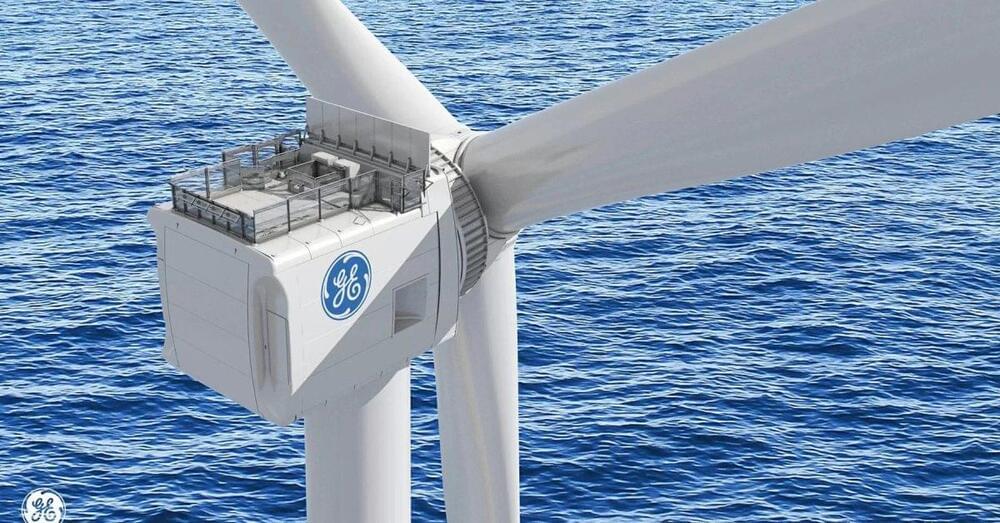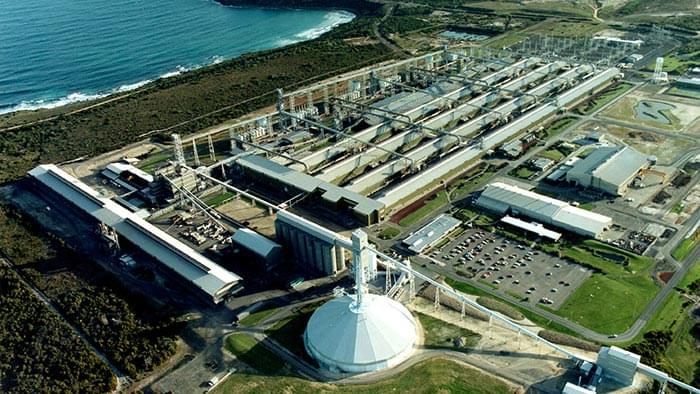Dec 9, 2021
Rolls-Royce Reached the 1-MW Milestone With Its Hybrid-Electric Powertrain
Posted by Shubham Ghosh Roy in categories: energy, engineering, transportation
Rolls-Royce’s new 2.5-megawatt hybrid-electric propulsion system delivered more than a megawatt of power only a few weeks after its first tests, a press statement reveals.
The iconic British engineering firm is developing the Power Generation System 1 (PGS1) demonstrator powertrain to test the technology for clean aircraft of the future.
